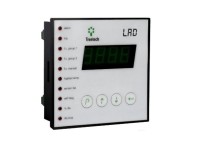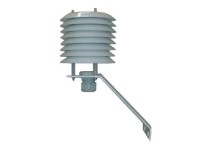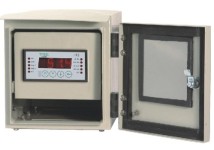LAD – Temperature Monitor for Dry Transformers, Motors and Generators
Thermal monitoring of electric equipment, such as dry transformers, motors, generators facilitating safe operation maximising yield from these assets without endangering or shortening its service life.
The LAD temperature monitor has six inputs for temperature measurements, monitoring multiple temperatures. Some of the typical applications for LAD:
- Phases a, b and c temperatures of dry transformers with double windings;
- Phases a, b and c, core and ambient temperature of a dry transformer;
- Phases a, b and c of two different dry transformers;
- Oil temperature in small transformers where there is no need to measure winding temperature(for winding temperature, see TS, TM1 and TM2 monitors);
- Temperature of stators, bearings, lubricant oils,etc. in motors and generators.
Individual alarm and trip levels are adjusted for each of the measured temperatures, so that permanent damage to equipment is avoided. Optional settings for automatic control of two stages of forced cooling (fans, pumps, etc.) are also available.
Main Features:
- IED (Intelligent Electronic Device) specifically designed for onerous conditions (electromagnetic interference, extreme temperatures);
- Indication of temperature with programmable indication modes: highest temperature, automatic screen roll or fixed measurement display;
- Optional engineering algorithm for winding insulation ageing online calculation;
- High luminosity LED type displays for easy viewing ;
- RS-485 communication ports for integration with supervisory systems or remote monitoring; Modbus and DNP3.0 communication protocols are available;
- Inputs for up to six temperature sensors type Pt100W @ 0ºC with self-calibration , ensuring high level of accuracy and stability throughout the entire ambient temperature range;
- Programmable analog output (optional) for remote temperature indication. Programmable output ranges:0…10, 0…20 or 4…20 mA;
- Output relays for alarm and self-diagnostics indication, trip and forced cooling command;
- Self-diagnostics for detection of internal faults. Complete absence of mechanical parts for parameter definition and calibration;
- The fan exercise function for fans and/or pumps avoids axle.



